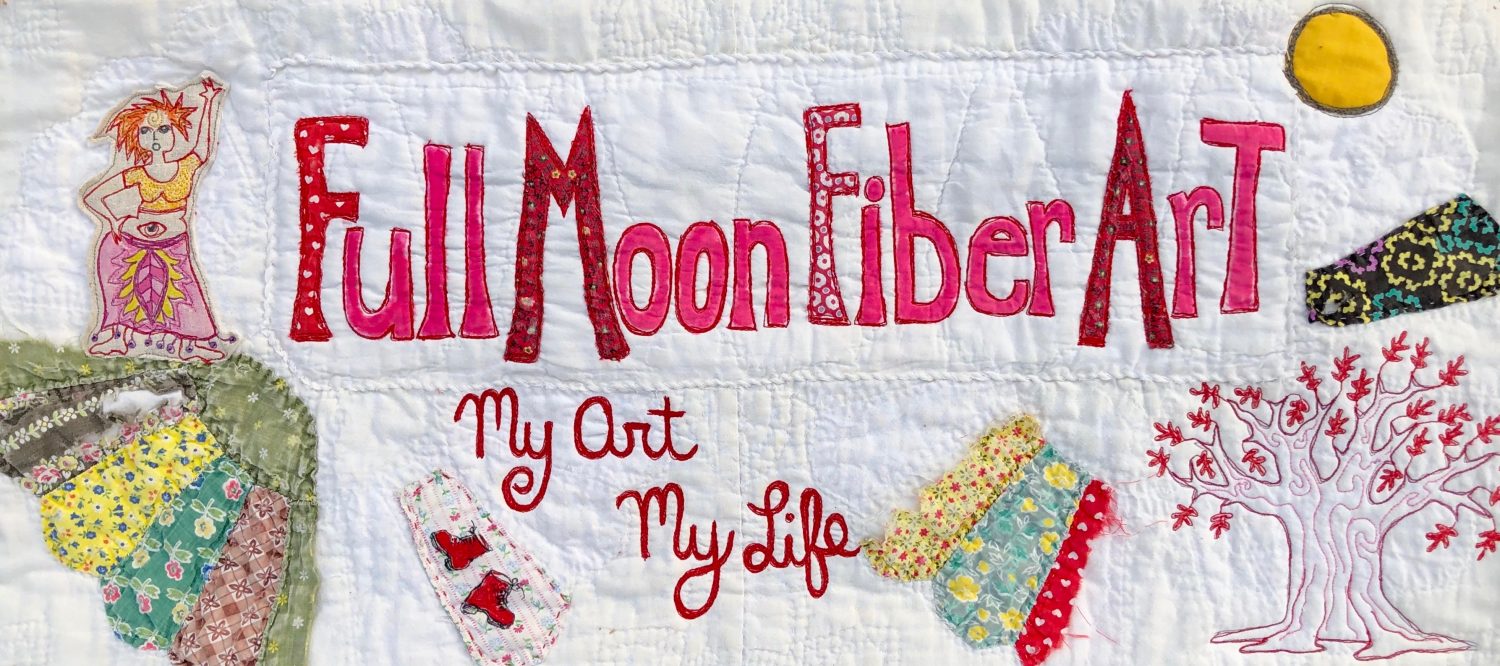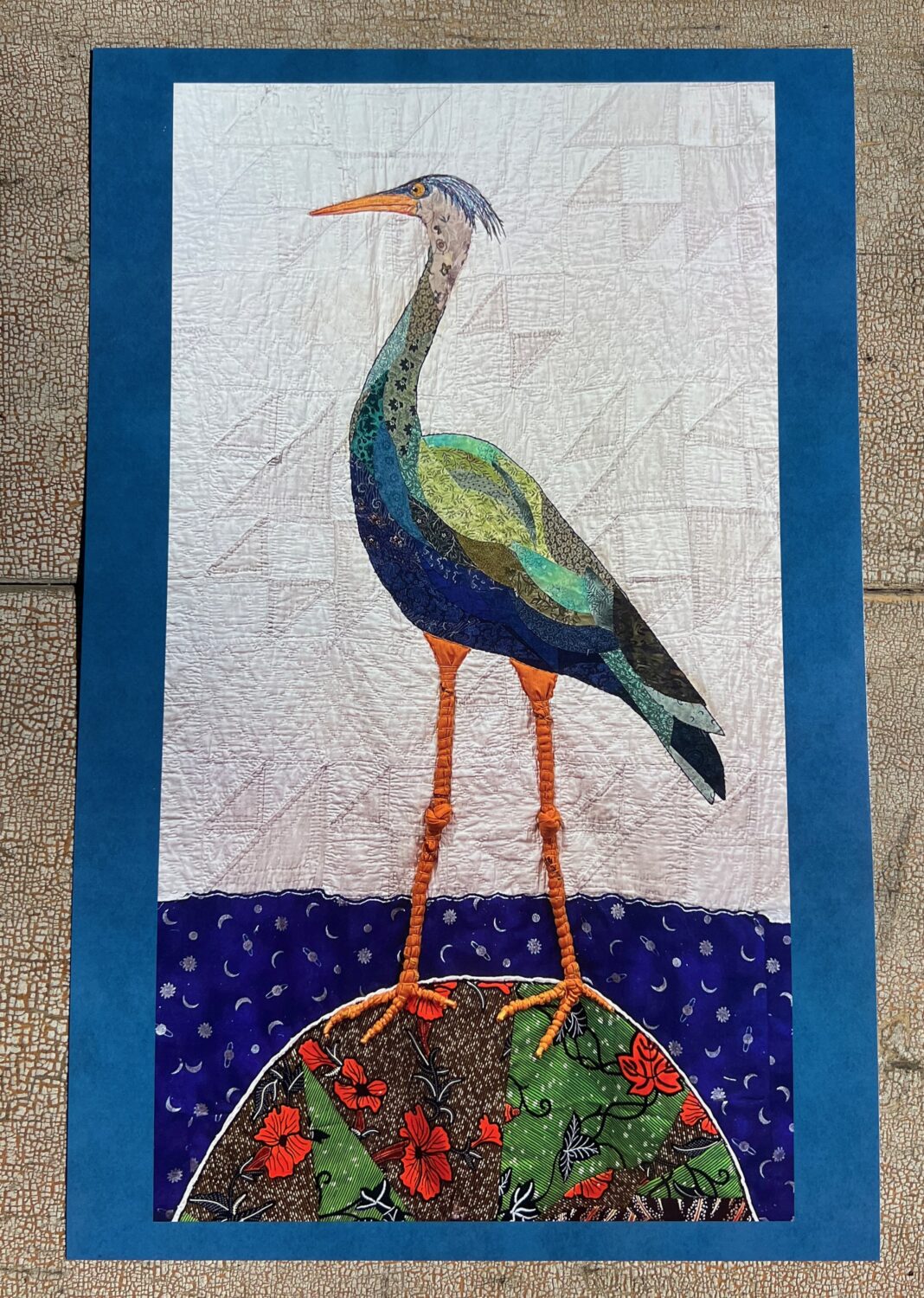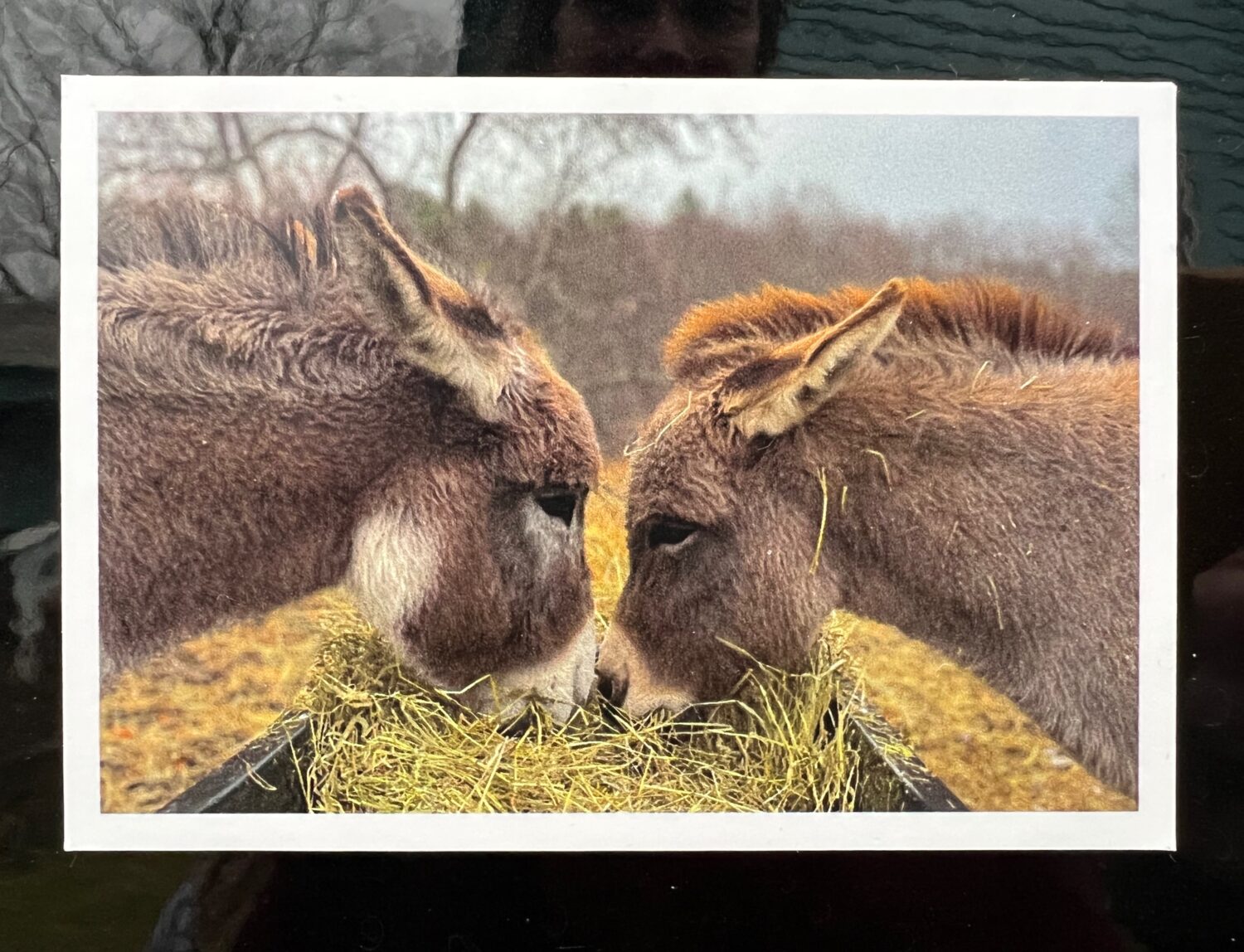
It was late summer, Jon wasn’t home and I was sitting on the back porch eating lunch when I heard the tree fall in the woods.
I’d heard a tree fall once before so I was familiar with the sound. But this time there was no cracking or braking, no rumble as it hit the ground. There was nothing violent about its descent. It came down slowly, the sound of it falling softened by the branches and summer leaves of the surrounding trees.
It felt gentle. I thought of that trust exercise that people do when they intentionally fall back into someone’s arms, believing they will be caught.
That afternoon when I went for a walk in the woods, there was the big old apple tree, dead for as long as I can remember, laying across the path. It had toppled from its rotted roots. It just couldn’t stand upright anymore.
Since then the dogs jump and I step over the fallen tree. It’s thick enough that I’d have to cut it was a saw to clear it from the path. Each time I pass it, I think that maybe next time I’ll bring my bow saw and cut it up.
That hasn’t happened yet.
Today, just before stepping over the fallen apple tree, maybe because of the snow topping it off like a hat, I noticed the puffball. It was about the size of one of my dryer balls and when I bent down to look at it then take a picture, Fate checked it out too.

I didn’t know much about puffballs, except that the first time I kicked one by mistake, a brownish puff of smoke came out of it.
Since reading about them, I discovered that the big white mushrooms that grow in the pasture are puffballs before they turn brown. They’re basically mushrooms without the stem or gills.
Their spores are the brownish “smoke” that comes out of them. So when I kicked that puffball, I was actually helping to spread its seeds. If some animal doesn’t step on them and break them open, their outer skin eventually cracks or breaks off exposing their inside.
Even a drop of rain can kick up the powdery spores and release them into the air.
When I was in kindergarten we took a walking field trip to Duffy’s Park, a few blocks from the school. It was just an open lot of grass with some trees on one edge. Miss Corin, my teacher, picked one of the dandelions that grew there. She plucked the yellow petals revealing their fluffy white seed roots.
It seemed like magic to me when she told us that the yellow dandelions turned into those white balls of fluff that I made wishes on. That I was actually spreading the seeds when I blew on them and made a wish.
I never made the connection between the big round mushrooms growing in the pasture and the brown or purple puffballs I also found there. I obviously didn’t learn my lesson in Kindergarten but it’s finally sinking in.
Some plants and flowers can be unrecognizable in their many stages of development and throughout the seasons. The bark on a Black cherry tree looks completely different when it’s young than when it’s old. And there are so many variations of pine and oak trees I can’t imagine identifying them without being able to also see their leaves, pinecones, and/or acorns.
This spring I’m going to keep an eye on those big round white mushrooms that grow in the pasture. It might be like watching grass grow, but I’d love to witness their gradual transformation into puffballs.
I’ve also read that some of them are edible. But I’m not ready to go there yet.

Fate knocked the Puffball with her nose, breaking it open. So I gave it a squeeze to see the spores drift out.















Wow. First, that is amazing “cover art” for The Orphaned Woods book. I love the enhanced art and coloration of the title, and its perfect marriage with the butterfly and leaf fabric. Second is that you make an excellent engaging teacher of science, observer and chronicler of nature. Wonderful photos and video, and I think your assistant is helpful, and cute – even if it is just her nose! The picture of the other, older opened puffball looks like the lint of a dryer vent left uncleaned for a hundred years. AND it looks like it has a tiny little heart within it – do you see it? (sort of a triangular piece of leaf litter perhaps?) Third, is that you are a wonderful writer, connecting what you’ve learned today with a moment in your childhood, enlightening the science of spore propagation. I love science, I love ecology, I love the woods and flora and fauna of my own walking paths, I appreciate good writing and art, and, especially, a great teacher. I am looking forward to more chapters. Thank you!
It does look like dryer lint! And I’ll have to look back a the photo to see the heart. I missed that. Thank you Amy, for all you good thoughts. I appreciate it.
” I obviously didn’t learn my lesson in Kindergarten but it’s finally sinking in.”
I wonder how our lives may have been altered if all those ideas we were exposed to at an early age HAD sunk in.
Oh yeah, Keith. When I wrote that I wished I had expanded on that line of thinking from that age. I just took a long time getting there.
Maria! Loving your Orphaned Woods talks…a kind of walking meditation.☺️
…always wondered about those balls, seemed so other-worldly so thanks for the education.
Oh you’re right Wendy, they are otherworldly. Thanks for your good words about my “Orphaned Woods”.
So. Cool.
🙂
Maria, the puffballs are actually really good to eat…slice them and you can bread them and fry them…they are very creamy…
I love mushrooms so I’m sure they are. I just want to make sure I know which are the kind to eat.